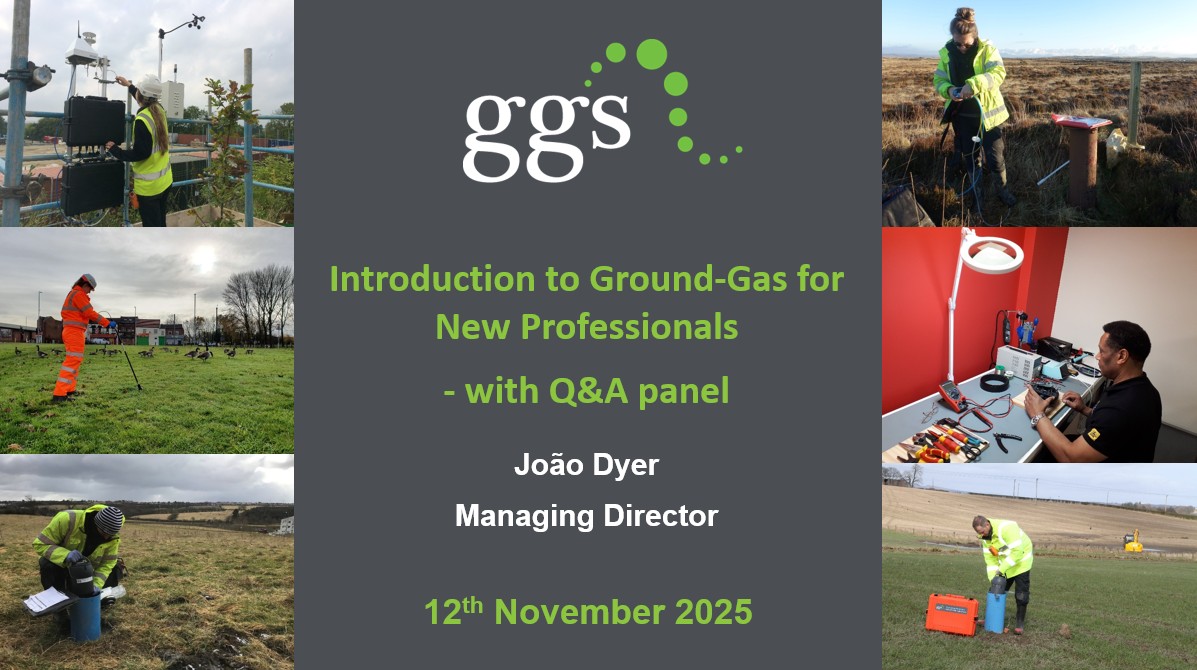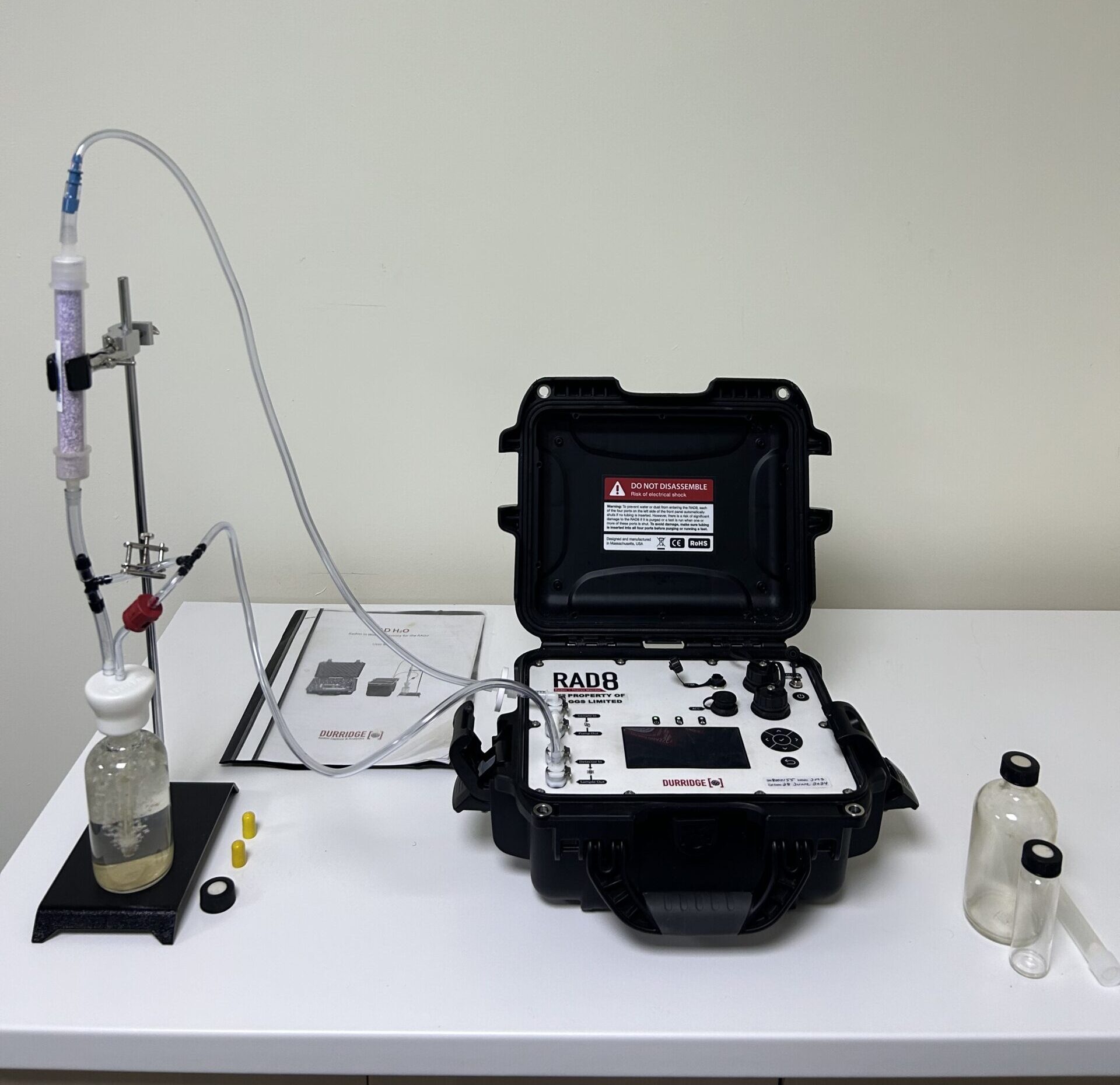I wish I’d used continuous ground gas monitoring
It’s commonplace to make the occasional mistake when investing in a product or service. A typical example is paying less for something and hoping by some luck it will yield more value than we know it’s worth. For example, buying a cheap pair of hiking boots which start letting in water on their third trip out, and you’re halfway up a mountain. The result is frustration and regret that we’d not invested in something of higher quality that would have performed better. We then must fix the problem by replacing the substandard item or service, most likely at a higher cost, which will ultimately create a delay to what we want to achieve. The mountain will have to wait.
Ignoring the cautionary phrase “you get what you pay for” when making a minor purchase is forgivable, but what about when we’re dealing with high-value and large-scale projects? Each development is complex and has financial constraints, but does cutting corners always result in cutting costs? Clients often come to us for urgent assistance after cheaper conventional monitoring methods have failed to deliver the range and quality of data they required to, for example, adequately understand the ground gas risk at a site. Sometimes, environmental monitoring has been bypassed entirely and a plan must be applied retrospectively and at speed. Thankfully continuous ground gas monitoring, a best-practice technique at the heart of GGS’ service, can come to the rescue. It provides solutions in a vast array of scenarios and its benefits are just as prolific.
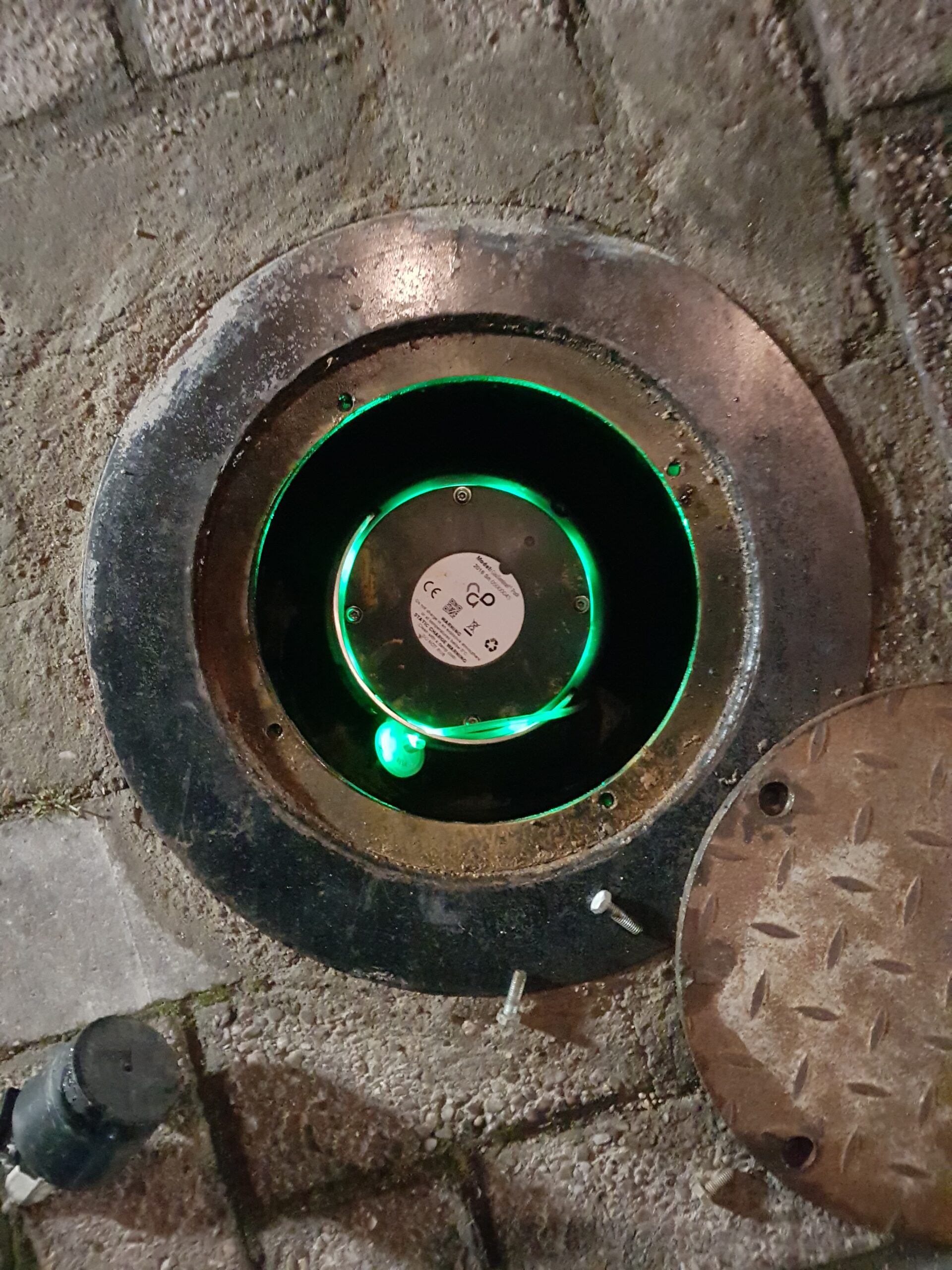
What is continuous ground gas monitoring?
The definition of continuous ground gas monitoring is as follows:
“Monitoring carried out by in situ devices that record time-series data at a monitoring frequency that exceeds the frequency of change of the measured parameter. Typically, time-series data will need to be collected hourly or more frequently to be termed ‘continuous’.”
In other words, the frequency of ground gas monitoring must be increased until the full variability of ground gas concentrations is captured. The frequency of ground gas concentration change is typically a result of the frequency of changes in the environment, such as atmospheric pressure, temperature or ground water level.
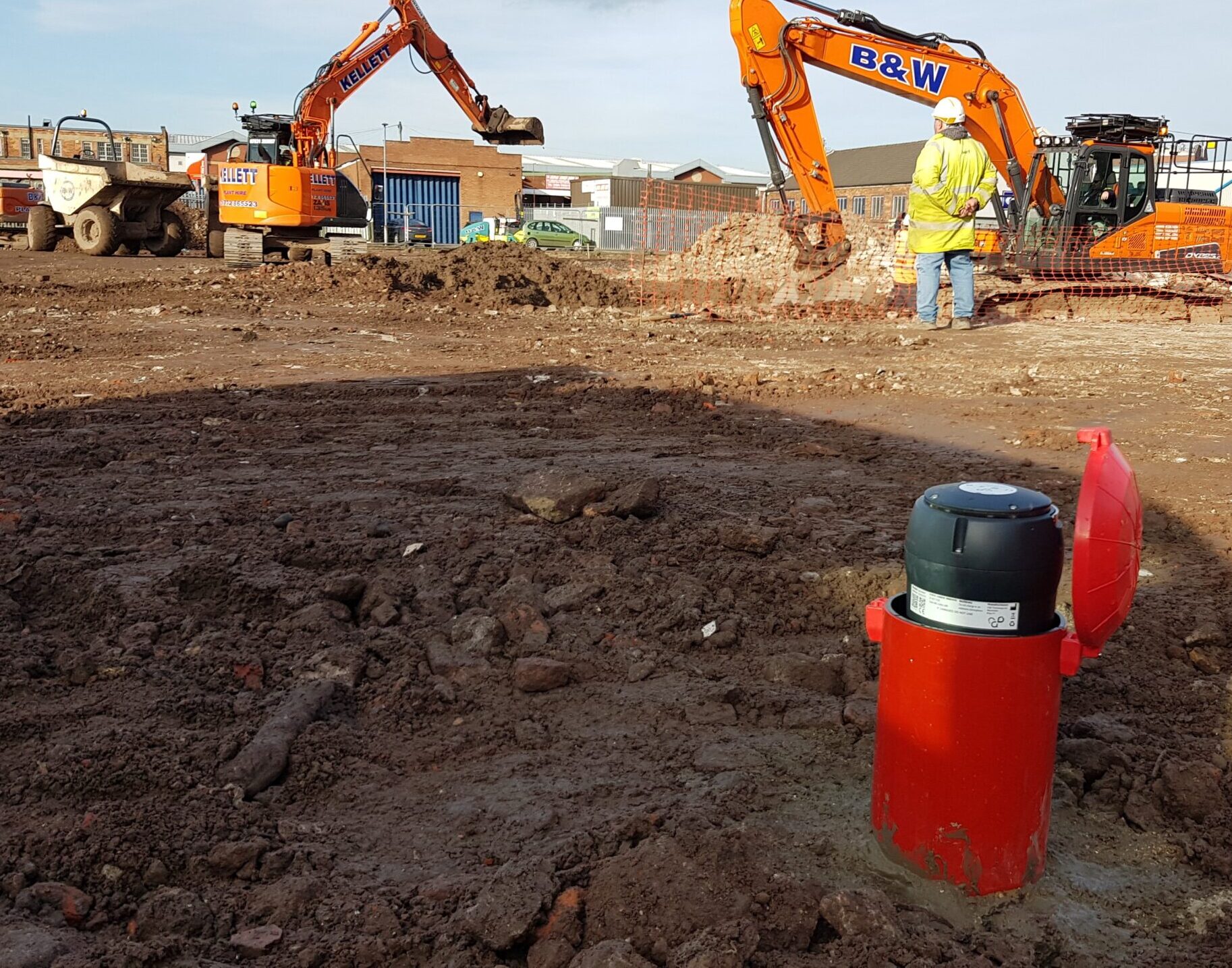
Each site has its own unique attributes that make up the ground gas regime. Key characteristics, such as maximum and minimum concentrations, can be determined and relevant environmental correlations that characterise a direct ‘migration driver’ effect on ground gas can be identified. Correlations between variations in gas concentration, borehole flow, changes in atmospheric pressure, temperature and groundwater fluctuations, all provide valuable insights. These are just some of the reasons why continuous monitoring has proven to be the best practice gas monitoring technique.
Why should I use continuous ground gas monitoring?
1.Identify worst case scenarios: Ground gas, by nature, is highly variable and worst-case conditions happen only occasionally. Continuous monitoring increases the likelihood of capturing these conditions.
2. Identify migration pathways: Ground gas will only migrate through a pathway under specific environmental conditions. Continuous monitoring vastly increases the probability of capturing these events and, in most cases, will give confidence that gas migration does not pose a risk to receptors.
3. Reduce monitoring time: Delays in development are costly. Continuous monitoring can provide high quality data in a short period of time. Regulators are increasingly accepting of shortened monitoring periods using this method as the data is of the highest quality, and we can present it in a way that is easy to understand.
4. Save money: Reductions in monitoring time coupled with fewer site visits will ultimately result in cost savings. Having a detailed understanding of the ground gas risk at a site also reduces uncertainties and the need for unnecessary and costly gas protection measures.
5. Understand highly sensitive sites: Fully understanding the ground gas regime is crucial for high-risk sites. Continuous ground gas monitoring provides a full spectrum of data on gas variability through time and the changing environmental parameters that affect it. It increases the probability of seeing the full ground gas regime and allows for truly risk-specific protection.
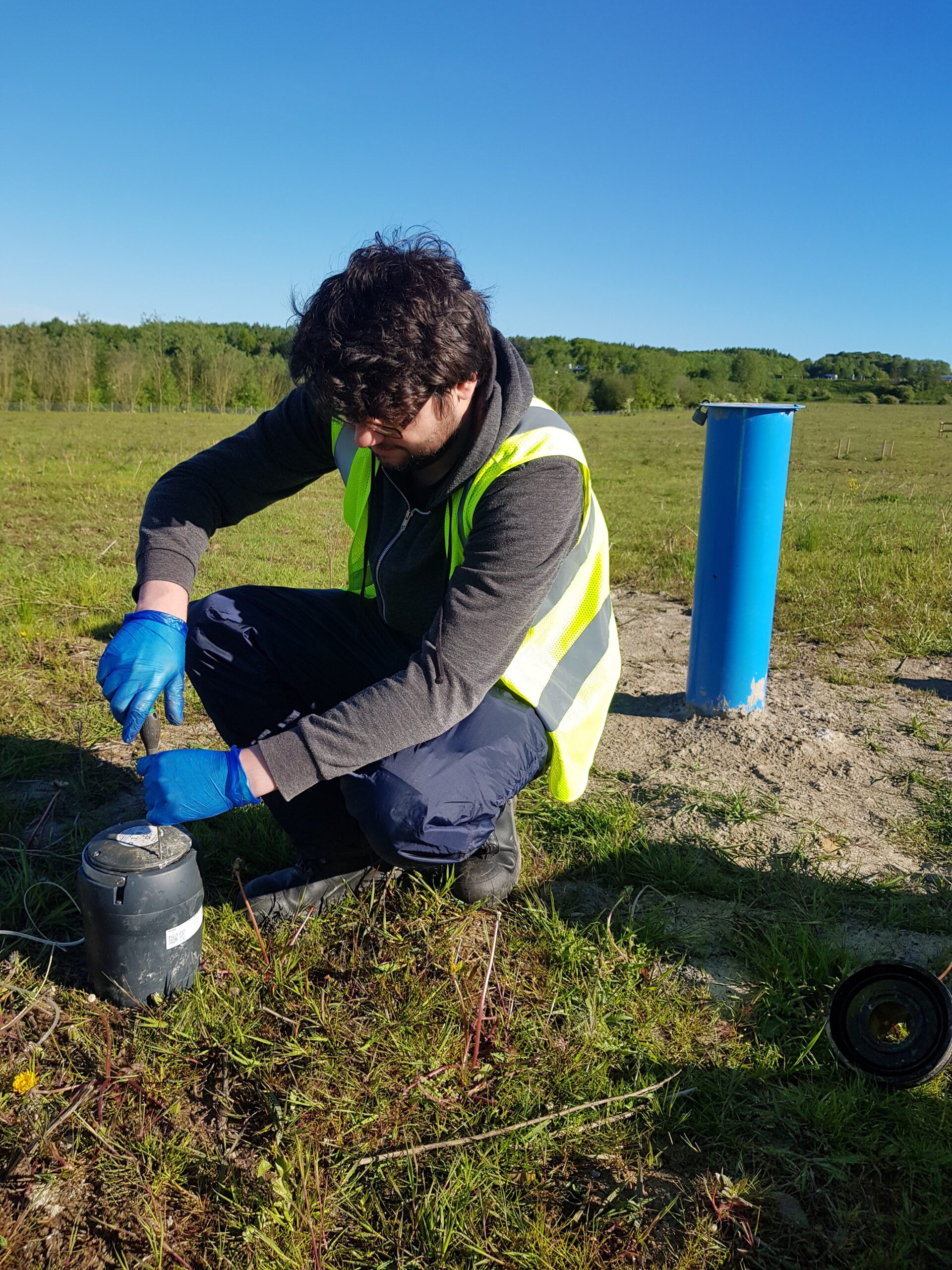
6. Fewer site visits: Our fleet of continuous monitoring devices, including the state of the art GGS Gas Sentinel®, collect data remotely, meaning fewer site visits and interruptions to your schedule.
7. Avoid post-development protection measures: In cases where development has progressed and evidence of ground gas protection measures is lacking, continuous monitoring of internal rooms or subfloor voids can indicate the risk to occupants. This can reduce the need for intrusive works to replace gas protection measures or to install them retrospectively.
8. Reduce uncertainty: Make informed decisions with reliable data. Using continuous monitoring means that high volumes of data can be collected over shorter monitoring periods. Continuous monitoring allows the full variability in ground gas concentrations to be seen, multiple analytical tools can be run on the data and many lines of evidence allow the risk assessor to interpret the real ground gas risk. GGS has a track record of demonstrating that sites are safe to develop, allowing a cost saving in reduced scope of protection measures.

Should I use continuous ground gas monitoring?
There are few occasions when continuous ground gas monitoring will not be beneficial to understanding the ground gas regime. For large-scale developments, brownfield or landfill monitoring, its scope for identifying ground gas conditions is vast, and only once these are understood can the right steps be taken in terms of protection measures. Rather than getting stuck halfway up a mountain, wouldn’t it be better to invest in the right kit to begin with?
If you’d like to discuss our continuous ground gas monitoring services, please contact GGS on 0161 232 7465 or click here for our contact page.
The following pages include news articles, videos, guidance notes and white papers on a range of ground gas related topics which we hope you will find of interest. Please browse through but if you can’t find something on your particular issue of interest, we’d be very pleased to hear from you so we can put that right.
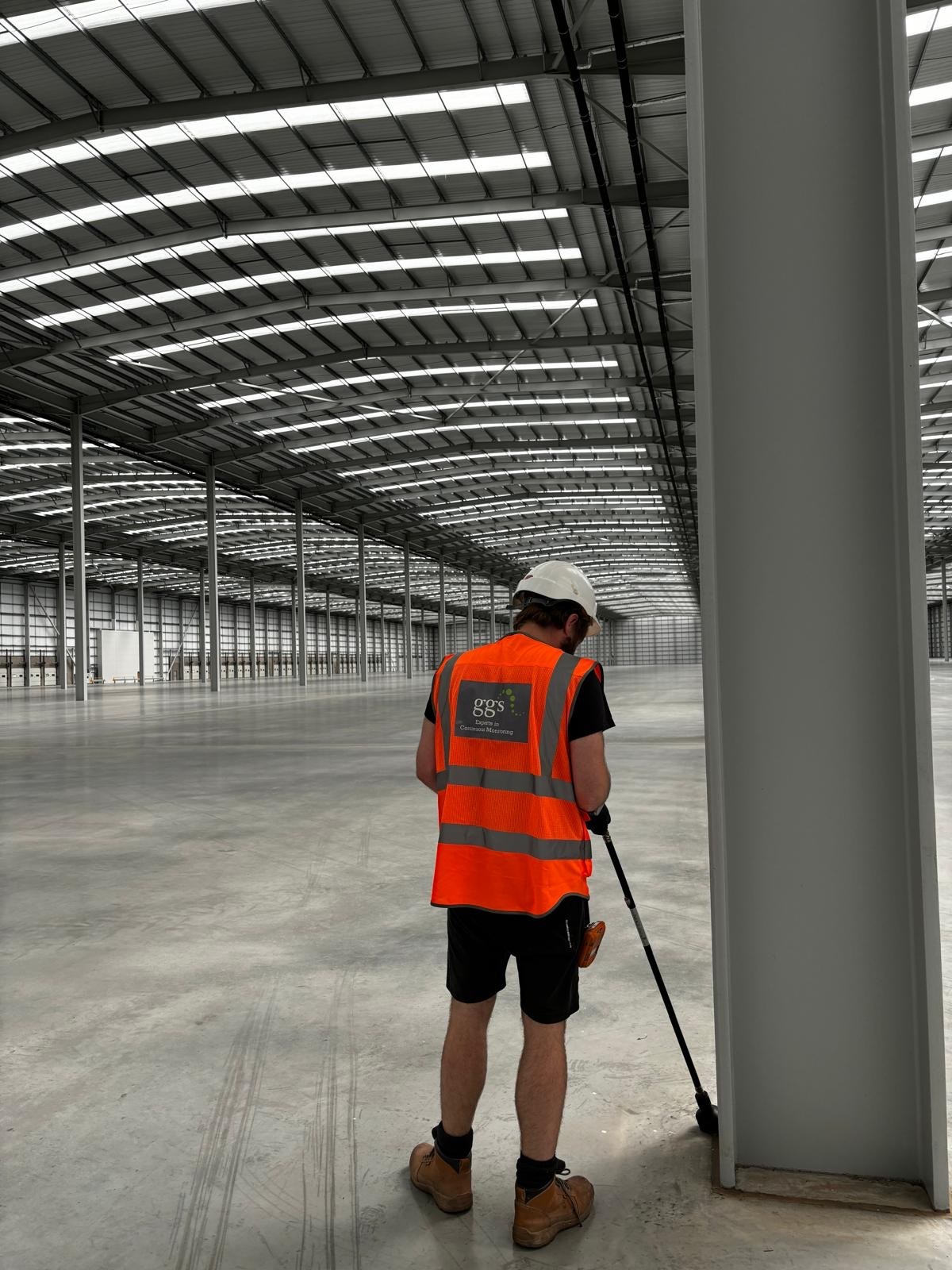
Establishing a new warehouse involves managing numerous moving parts such as ensuring operational systems are in place, training staff and coordinating logistics. Amidst this complexity, it’s essential to remain compliant with environmental and safety regulations.
One important aspect is managing and mitigating ground gas risk. Keep reading to learn about the process and what to expect.

